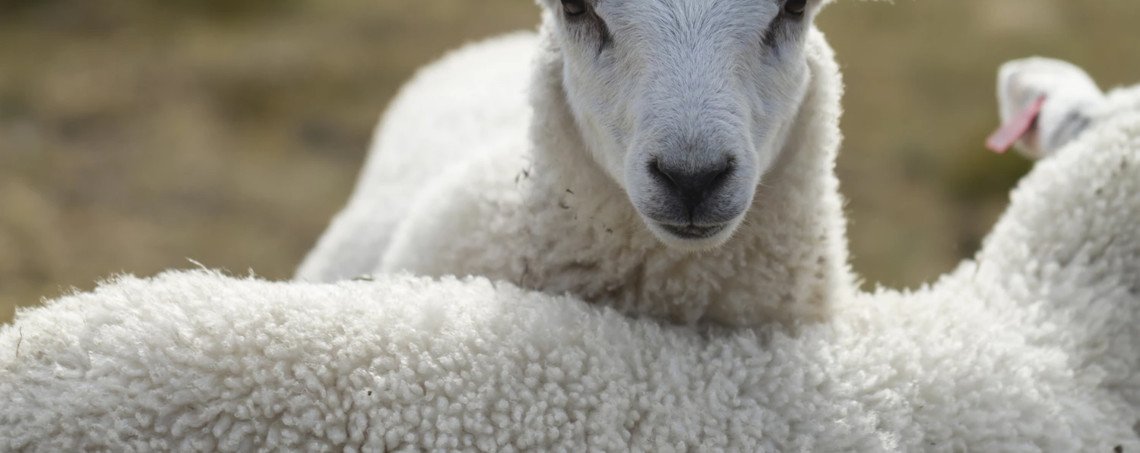Wool
INTRODUCTION TO WOOL
Wool is the hair that covers the skin of the sheep, isolates it from the cold and heat, maintaining constant its body temperature.
There are many varieties of ovine breeds which product wool with fibres different for their fineness, length, shininess and resistance. The ovine breed that supplies the best type of wool is certainly the Merino one. The largest farms of this breed, originally from Spain, are in Australia. Merino wool has a not too long fibre with a very fine diameter, which determines its superiority with respect to the other wools. It is very soft and light, tightly undulated and is used for the production of the finest cloths. Other ovine breeds that produce less precious wools are the mixed or local breeds. The mixed breeds, i.e. deriving from crosses between merino sheep and local breeds, supply wool with medium length fibres, less fine and less undulated, aimed at the production of rough cloths such as tweed. The local breeds, produce ordinary wool, with rather long and bristly fibres aimed at the production of craftsman carpets and mattresses.
After toasting the animal, the separation of the wool flock more fine and regular from the back, sides and neck, from that less precious of the stomach and legs occurs. The flock is beaten and opened to remove superficial impurities and then washed. After drying, the flock is controlled, carded, spun and woven. The kind of cloth depends on the yarn used, carded or combed. The carded yarn has long and short fibres disposed irregularly in all directions, for which reason it is softer and swollen. Combed yarn has fibres of a uniform length, parallely disposed in a homogenous manner, later ironed and twisted, in such a manner as to form a regular yarn, smooth and resistant. The carded cloth is soft, swollen, but also a little rough, whilst the combed one is soft, smooth and compact. Merinos wools are aimed at combed spinning, whilst the mixed wools are used more in carded spinning.
The cloth obtained from the weaving needs a series of finishing operations, called finissaggio, which serve to better the yield and aspect. The anti-static, anti-felting, hydro repellent, or non-crease treatments increase the original quality of the cloth rendering it ever more corresponding to present needs.

